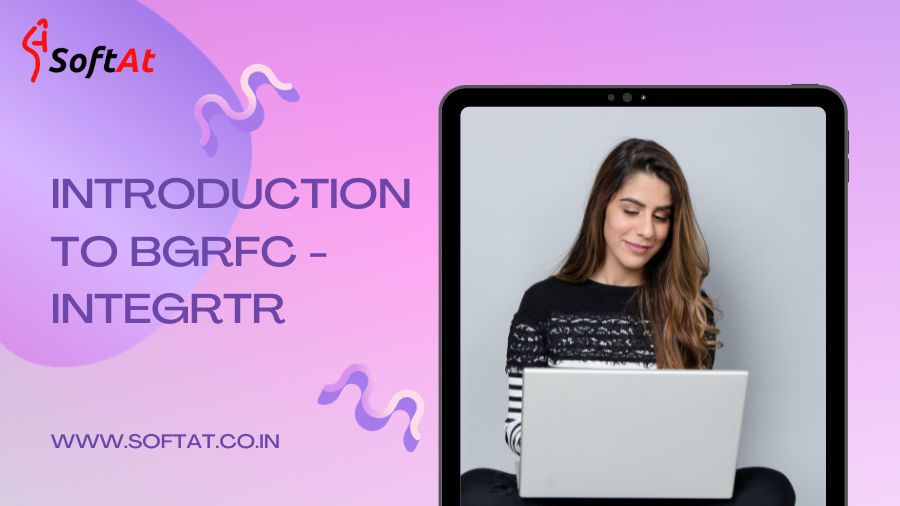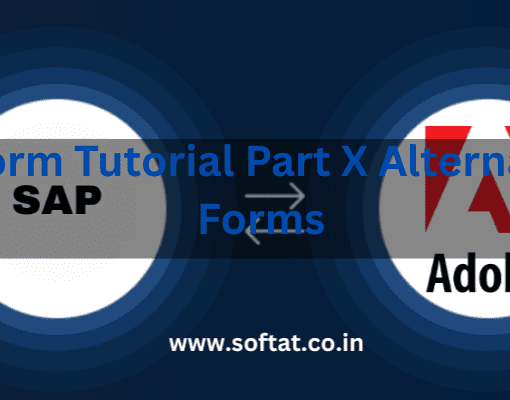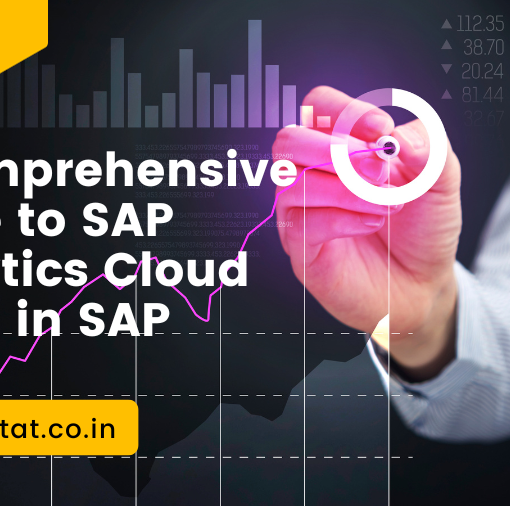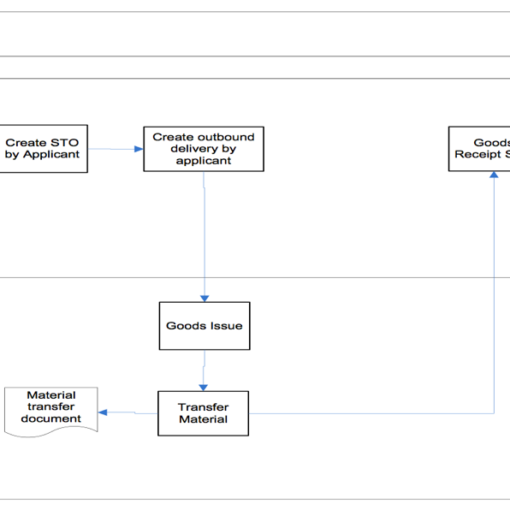Hi perusers,
We are back with one more astonishing subject close to home. This time, we will discuss bgRFC and a few related phrasings.
Foundation RFC (Remote Capability Call) is a strong element in SAP, in light of the standard RFC convention, that permits clients to execute remote capability brings behind the scenes without influencing the exhibition of the SAP framework. Mostly, it is utilized to execute long-running, asset escalated processes, for example, cluster occupations and information moves.
In lay-monitors terms, bgRFC permits a client to execute remote capability calls between various SAP frameworks or between a SAP framework and a non-SAP framework. With this, clients can execute remote capability brings in a different foundation process, which runs freely of the UI. This element permits clients to start a long-running cycle and keep dealing with different errands without being interfered with by the process.bgRFC is the replacement to tRFC and qRFC, with critical upgrades concerning execution and usefulness.
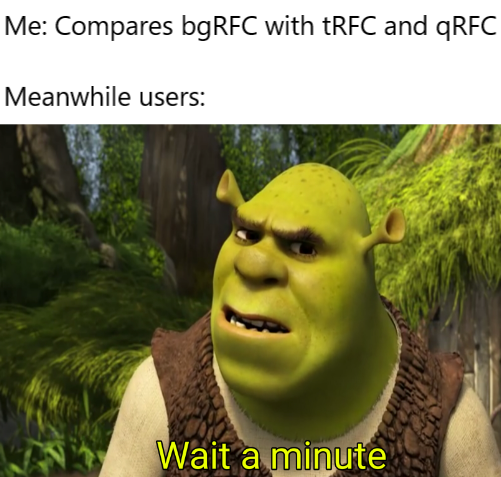
The terms tRFc and qRFC may sound unfamiliar to some of you who are new to SAP, but worry not, we’ll first understand the meaning of these and then proceed ahead.
What is Standard RFC?

Standard RFC alludes to the most fundamental type of correspondence between SAP frameworks, or between a SAP framework and a non-SAP system(external framework).
A standard RFC is started by one framework and executed in another, with reaction of the call being returned quickly to the mentioning framework. The standard RFC is a simultaneous correspondence process. This infers that the mentioning framework stays impeded until it gets the reaction from the getting framework.
It is a typical practice to involve it for short exchanges or cycles that require a quick reaction. For instance, recovering information or setting off a particular activity in another system.💡 It’s quite important that while standard RFCs give a basic and clear approach to trading information between frameworks, they can turn into a bottleneck in situations where the volume of information trade is high or while the handling season of the RFC calls is long.
What is t-RFC?
t-RFC represents Value-based Remote Capability Call. It is a specialized strategy which is utilized to trade information between SAP frameworks in a solid, conditional way.
A t-RFC call is started by one framework and executed in another, with the exchange being naturally dedicated or moved back. This depends on the result of the call.
In the event that a call is shipped off a getting framework which is down, the call is held under neighborhood line for a later time frame. Assuming a t-RFC call is fruitless, the exchange can be rehashed naturally to guarantee information consistency between the systems.💡 One thing to note here is that a t-RFC call is executed in a solitary exchange, i.e., either dedicated totally or moved back.
What is q-RFC?
q-RFC represents Lined Remote Capability Call. It is a kind of remote capability call that empowers correspondence between SAP frameworks in a solid and versatile way. It utilizes a line to store and deal with the correspondence demands.
A q-RFC call is started by one framework and executed in another framework, with the solicitation being put away in a line in the getting framework. The getting framework can then handle the solicitations in the line sometime in the future, either in a successive or equal way, contingent upon the setup. This is useful when clients need to deal with exchanges in a predefined request.
Presently, returning to the current point.
The mentioning framework starts a bgRFC, and the getting framework executes it behind the scenes. This empowers the mentioning framework to keep handling without being impeded by the reaction from the getting framework. The reaction of bgRFC is normally returned at a later stage and can be checked through different exchange codes and tables in SAP.
Foundation RFCs are a famous decision for long-running exchanges or cycles that don’t require a quick reaction. They offer an additional productive method for trading information between frameworks contrasted with coordinated specialized strategies.
Clients can utilize bgRFC to execute reports and clump occupations consistently, like day to day, week by week or month to month; this implies that it depends on a scheduler driven lining framework.💡 When a call is gotten, one should guarantee that it was moved to the collector either once just in any request (nature of t-RFC), or when just in the request for creation (nature of q-RFC).
Architecture of bgRFC
The architecture of a background remote function call (bg-RFC) in SAP consists of the following components:
- Calling system
This is the system that initiates the bg-RFC call. The calling system sends the request to the callee system and continues processing without being blocked by the response of the bgRFC. - Callee system
This is the system that receives the bg-RFC call and processes it. The callee system processes the bg-RFC in the background and returns the response to the caller system at a later time. - bg-RFC interface
This is the interface that defines the structure and content of the bg-RFC call. The callee system exposes a set of function modules that can be called by the caller system. - bg-RFC queue
A queue is employed to store and manage the bgRFC calls. The bg-RFC queue acts as a buffer between the calling and callee systems, allowing the latter to process the bg-RFC calls asynchronously and in parallel. - bg-RFC coordinator
This is a component that is responsible for managing and coordinating the bg-RFC calls in the callee system. The bg-RFC coordinator retrieves the bg-RFC calls from the queue and dispatches them to the appropriate function modules for processing.

In the diagram, we have two systems:
1. Calling system
2. Callee system
The calling framework utilizes an objective to send a bgRFC solicitation to the callee framework, which indicates the callee framework and the bgRFC capability module to call. The callee framework puts the bgRFC demand in a line post that The foundation processor occasionally takes a look at the line for new demands and cycles them behind the scenes. The source/calling framework can continue without sitting tight for a reaction from the recipient/callee framework since it processes the solicitations nonconcurrently.
The correspondence between the two frameworks happens through a correspondence convention like RFC or an organization convention. The callee framework executes the capability module called by the bgRFC demand.
The callee framework gets the RFC solicitation and starts a foundation errand to execute the capability module. The foundation task executes the remote capability call and creates the report or plays out the ideal undertaking. Contingent upon the intricacy of the report or assignment being performed, finishing the capability module might take some time.
Subsequent to finishing the foundation task, the callee framework stores the outcomes in the undertaking log or returns them as result information to the calling framework. The calling framework recovers the outcomes from the errand log or result information and cycles them on a case by case basis.
Conclusion:
Background RFC (bgRFC) in SAP provides a robust and asynchronous communication method between different systems. It allows for the execution of long-running, resource-intensive processes without affecting the performance of the SAP system. With components such as the bgRFC interface, queue, and coordinator, this feature streamlines data exchange, improves system performance, and enhances reliability.
FAQs:
- What is the purpose of Background RFC (bgRFC) in SAP?
- bgRFC facilitates the execution of long-running and resource-intensive processes between different SAP systems or between SAP and non-SAP systems in the background, ensuring optimal system performance.
- How does bgRFC differ from standard RFC?
- While standard RFC involves immediate communication with the requesting system being blocked until a response is received, bgRFC allows for asynchronous processing, enabling the requesting system to continue its tasks without waiting for a response.
- What are t-RFC and q-RFC, and how do they relate to bgRFC?
- t-RFC (Transactional Remote Function Call) and q-RFC (Queued Remote Function Call) are related methods to exchange data between SAP systems. bgRFC is the successor to t-RFC and q-RFC, offering significant improvements in performance and functionality.
- What advantages does bgRFC offer?
- bgRFC provides improved system performance, increased reliability, scalability to handle large data volumes, and an enhanced user experience by allowing tasks to be performed without waiting for responses from other systems.
- How does the architecture of bgRFC work?
- The architecture of bgRFC involves a calling system initiating a bg-RFC call, a callee system processing it in the background, a bg-RFC interface defining the call structure, a bg-RFC queue managing calls asynchronously, and a bg-RFC coordinator coordinating calls in the callee system.
You may be interested in:
What is Salesforce Service Cloud?
Free complete SAP Fiori blog series
Free complete Process automation blog series

Advantages of bgRFC
- Improved system performance: Asynchronous communication reduces the workload on the sender system, which can help to improve overall system performance.
- Increased reliability: bgRFC increases reliability by providing a dependable means of communication between systems, ensuring accurate and error-free transmission of data.
- Scalability: bgRFC is highly scalable, which means that it can handle large volumes of data and support multiple systems or applications.
- Improved user experience: bgRFC enables users to perform tasks without having to wait for responses from other systems or applications, which can help to improve the user experience.

Summary
Background RFC is a communication method in SAP which allows users to communicate between different systems, asynchronously.
Using bg-RFC, developers can create and schedule processes to run in the background of any SAP system, which in turn reduces the load on GUI and enhances performance. When there is a need to transmit large volumes of data, bgRFC proves to be convenient. You should use bgRFC depending on the requirements and characteristics of integration scenario.

